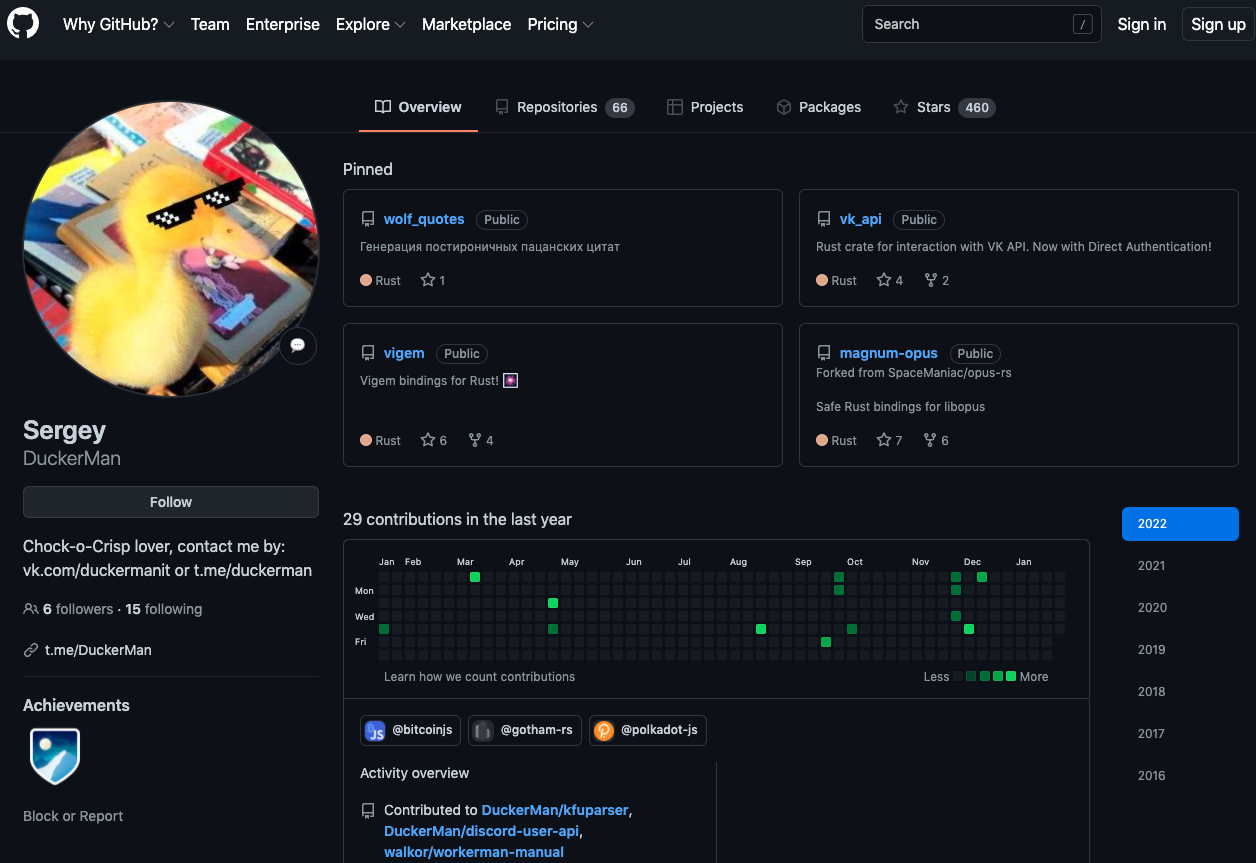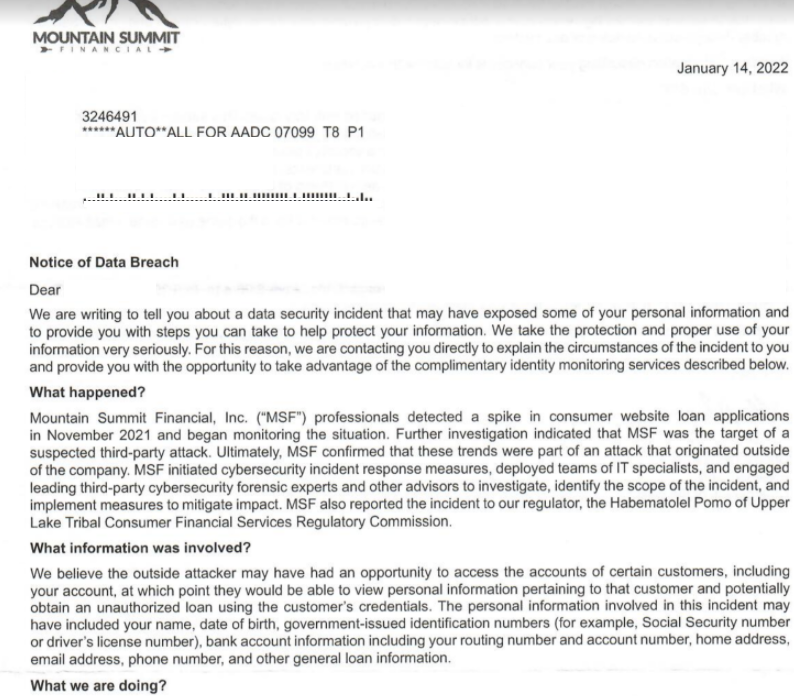Fake Investor John Bernard Sinks Norwegian Green Shipping Dreams
Several articles here have delved into the history of John Bernard, the pseudonym used by a fake billionaire technology investor who tricked dozens of startups into giving him tens of millions of dollars. Bernard’s latest victim — a Norwegian company hoping to build a fleet of environmentally friendly shipping vessels — is now embroiled in a lawsuit over a deal gone bad, in which Bernard falsely claimed to have secured $100 million from six other wealthy investors, including the founder of Uber and the artist Abel Makkonen Tesfaye, better known as The Weeknd.

John Bernard is a pseudonym used by John Clifton Davies, a convicted fraudster from the United Kingdom who is currently a fugitive from justice and residing in Ukraine. Davies’ Bernard persona has fleeced dozens of technology companies out of an estimated $30 million with the promise of lucrative investments.
For several years until reinventing himself again quite recently, Bernard pretended to be a billionaire Swiss investor who made his fortunes in the dot-com boom 20 years ago and who was seeking investment opportunities. Bernard generated a stream of victims by offering extraordinarily generous finder’s fees for investment brokers who helped him secure new clients. But those brokers would eventually get stiffed as well because Bernard’s company would never consummate a deal.
In case after case, Bernard would promise to invest millions in tech startups, and then insist that companies pay tens of thousands of dollars worth of due diligence fees up front. However, the due diligence company he insisted on using — another Swiss firm called Inside Knowledge — also was secretly owned by Bernard, who would invariably pull out of the deal after receiving the due diligence money.

The scam artist John Bernard (left) in a recent Zoom call, and a photo of John Clifton Davies from 2015.
But Bernard would adopt a slightly different approach to stealing from Freidig Shipping Ltd., a Norwegian company formed in 2017 that was seeking the equivalent of USD $100 million investment to bring its green fleet of 30 new offshore service vessels to fruition.
Journalists Harald Vanvik and Harald Berglihn from the Norwegian Business Daily write that through investment advisors in London, Bernard was introduced to Nils-Odd Tønnevold, co-founder of Freidig Shipping and an investment advisor with 20 years of experience.
“Both Bernard and Inside Knowledge appeared to be professionals,” the reporters wrote in a story that’s behind a paywall. “Bernard appeared to be experienced. He knew a lot about start-ups and got into things quickly. Credible and reliable was the impression of him, said Tønnevold.”
“Bernard eventually took on the role of principal investor, claiming he had six other wealthy investors on the team, including artist Abel Makkonen Tesfaye, known as The Weeknd, Uber founder Garrett Camp and Norilsk Nickel owner Russian Vladimir Potanin,” the Norwegian journalists wrote. “These committed to contribute $99.25 million to Freidig.”
So in this case Bernard conveniently claimed he’d come up with almost all of the investment, which came $750,000 short of the goal. Another investor, a Belgian named Guy Devos, contributed the remaining $750,000.
But by the spring of 2020, it was clear that Devos and others involved in the shipping project had been tricked, and that all the money which had been paid to Bernard — an estimated NOK 15 million (~USD $1.67 million) — had been lost. By that time the two co-founders and their families had borrowed USD $1.5 million, and had transferred the funds to Inside Knowledge.
“Further investigations indicated that Bernard was in fact a convicted and wanted Briton based in the Ukrainian capital Kiev,” the Norwegian Business Daily reported. “Guy Devos has sued Nils-Odd Tønnevold with a claim of 750,000 dollars because he believes Tønnevold has a responsibility for the money being transferred to Bernard. Tønnevold rejects this.”
Bernard’s scam is genius because he never approaches investors directly; rather, investors are incentivized to put his portfolio in front of tech firms seeking financial backing. And because the best cons begin as an idea or possibility planted in the target’s mind.
What’s remarkable about Freidig Shipping’s fleecing is that we heard about it at all. In the first of this now five-part series, we heard from Jason Kane, an attorney who focuses on investment fraud. Kane said companies bilked by small-time investment schemes rarely pursue legal action, mainly because the legal fees involved can quickly surpass the losses. What’s more, most victims will likely be too ashamed to come forward.
“These are cases where you might win but you’ll never collect any money,” Kane said. “This seems like an investment twist on those fairly simple scams we all can’t believe people fall for, but as scams go this one is pretty good. Do this a few times a year and you can make a decent living and no one is really going to come after you.”
It does appear that Bernard took advantage of a stunning lack of due diligence by the Freidig co-founders. In this May 2020 post on Twitter — well after their funds had already been transferred to Bernard — Nils-Odd Tønnevold can be seen asking Uber co-founder Garrett Camp if he indeed had agreed to invest in his company:

John Clifton Davies, a.k.a. John Bernard, Jonathan Bibi, John Cavendish, is a U.K. man who absconded from justice before being convicted on multiple counts of fraud in 2015. Prior to his conviction, Davies served 16 months in jail on suspicion of murdering his third wife on their honeymoon in India. The U.K. authorities later dropped the murder charges for lack of evidence. Davies currently resides with his fourth wife in or near Kyiv, Ukraine.
If you liked this story, check out my previous reporting on John Bernard/Davies:
Due Diligence That Money Can’t Buy
Who is Tech Investor John Bernard?
Promising Infusions of Cash, Fake Investor John Bernard Walked Away With $30 Million


















